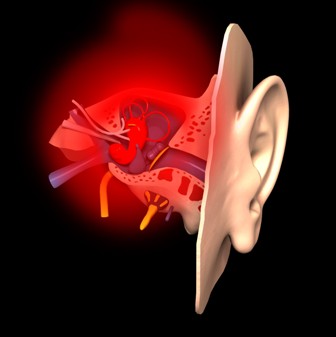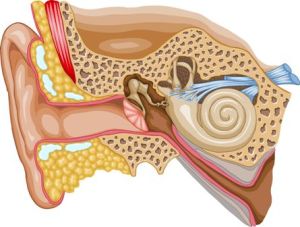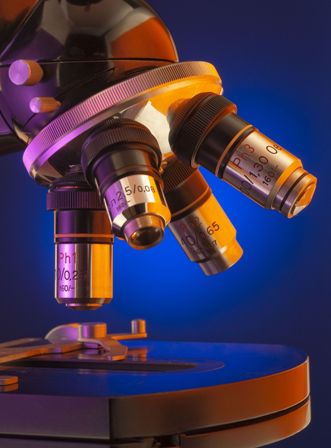Ear Disease
Our strategy is to utilize our proprietary delivery systems to deliver drugs directly to the cochlea for long periods of time. Initially we are focusing on the corticosteroids as there is abundant evidence that they may be useful in some forms of sensorineural hearing loss. We have established this technology platform and we aim to be the leaders in the field of intracochlear drug delivery. As new novel drugs are discovered, we plan to partner in the development of appropriate delivery systems for these therapeutics.
Sensorineural Hearing Loss
Sensorineural hearing loss is a major medical problem with over 32 million Americans affected by hearing loss. The most common form of hearing loss is presbycusis or aging hearing loss. Other types of hearing loss include noise exposure, genetic losses, viral and bacterial infections, ototoxic medications, autoimmune, and idiopathic. The pathophysiology of many common clinical hearing conditions is still not completely understood. However, the understanding of the molecular biology responsible for hearing loss is continuing to evolve. There is no FDA-approved pharmacological agent for treatment of sensorineural hearing loss. Corticosteroids and diuretics are the most common medications used by physicians attempting to manipulate acute hearing changes within the inner ear. On most occasions, this is done via the oral route. Recently, the injection of medications into the middle ear has been performed clinically with the hope the medications will diffuse into the inner ear. Animal studies have demonstrated that the medications are cleared within 24 hours requiring repeat injections.
Meniere’s Disease
Meniere’s disease is a devastating dis order characterized by disabling vertigo and unilateral sensorineural hearing loss. Currently, there is no FDA-approved pharmacological agent for treatment of Meniere’s disease. Intratympanic administration of different therapeutics is utilized, but as currently formulated, there are problems requiring multiple dosing and inconsistent absorption into the inner ear. Previous work using other sustained release delivery devices has demonstrated the effectiveness of sustained delivery of therapeutics for Meniere’s disease patients. However, practical difficulties with the devices have lead to the abandonment of these approaches.
order characterized by disabling vertigo and unilateral sensorineural hearing loss. Currently, there is no FDA-approved pharmacological agent for treatment of Meniere’s disease. Intratympanic administration of different therapeutics is utilized, but as currently formulated, there are problems requiring multiple dosing and inconsistent absorption into the inner ear. Previous work using other sustained release delivery devices has demonstrated the effectiveness of sustained delivery of therapeutics for Meniere’s disease patients. However, practical difficulties with the devices have lead to the abandonment of these approaches.
Drug Eluting Cochlear Implants
Thirty-two million Americans suffer from sensorineural hearing loss; approximately 1% of this group has profound loss that cannot be aided by hearing aids. Cochlear implants (CI) are electrical stimulators implanted into the inner ear to provide sound sensation for individuals with a non-functioning inner ear. Results of cochlear implants have allowed completely deaf individuals to be able to hear in the normal range and speak on the telephone. While still hearing impaired, their lives have been changed remarkably.
Currently, there are three cochlear implant manufacturers that distribute product in the US: Advance Bionics (USA); Cochlear Corporation (Australian); and Med-El Corporation (Austrian). Clinicians allow the patient to chose a device preference as the typical clinician’s advice is the devices compare similarly in performance. The overall results of the three companies’ devices are very similar and none have been able to demonstrate a significant clinical advantage over the others. If a new device can demonstrate an improved clinical advantage, the market share for that device will change significantly. With this in mind, O-Ray is currently developing drug formulations to increase the life-span and functionality of cochlear implants.
 Ototoxicity
Ototoxicity
Ototoxicity is damage to the inner ear that is caused by side effects of administered drugs. This can lead to permanent hearing loss and/or tinnitus (continuous ringing in the ear) in the patient. The most commonly used drugs causing ototoxicity are anti-cancer therapeutics and antimicrobial agents. The development of an otoprotective therapy to protect the ear from many of the toxic side effects of these ototoxic agents would have tremendous benefits for many patients. This is particularly important when treating children as they are more susceptible to drug induced permanent hearing loss.
